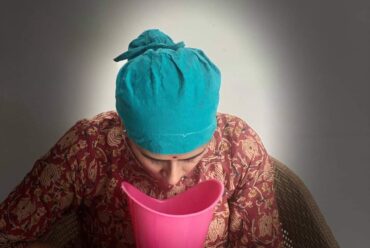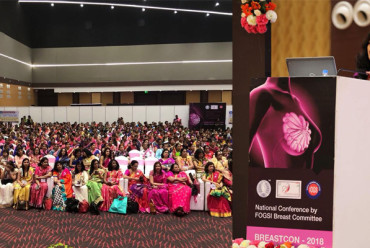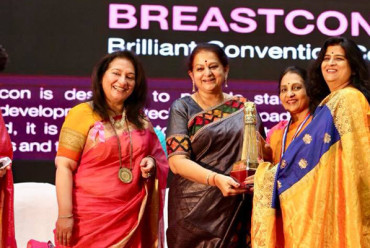Breast Issues
Breast health deserves special attention. Breast development occurs in various phases in a woman’s life. Some of the common problems that women report with are breast pain, breast lumps, infections and inflammations in the breast and nipple problems like discharge.
The lactation period is an important phase where breast care is very important. Breast engorgement, inflammation and abscess formation and cracked nipples are common unless proper breastfeeding principles are followed. DrRachnaDubeygives detailed counselling during and after pregnancy on correct principles of breastfeeding.
Breast cancer is one of the commonest cancers affecting women. Various factors influence the risk of breast cancer – such as age, family history, genetic factors, exposure to various hormones and many more. It is important to remember that a fair number of women who get breast cancer may not have an identifiable risk factor.
Self-examination, a yearly check with a doctor, and regular mammograms can go a long way in detecting the breast cancer in early stages. Multidisciplinary approach is required for the successful management of the breast cancer.
At she counts we provide good quality compassionate care for women
BREAST CANCER SCREENING (MAMMOGRAPHY)
A mammogram is a special x-ray of the breast. It is used to check for breast cancer in women who have no signs or symptoms of the disease (screening mammogram) and in women who have a lump or other sign or symptom of the disease (diagnostic mammogram). The common signs and symptoms are a lump, breast pain, thickening of the
skin of the breast, nipple discharge, or a change in breast size or shape. None of these are specific and can also be present in some noncancerous conditions. Mammograms can also pick up ductal carcinoma. I.e. cancerous growth of the cells that are lining the milk ducts in the breast. Various organizations have made recommendations as to when one should have a mammography. Women age 50 and older should have mammograms every 1 to 2 years. Women who have a strong family history of breast cancers, especially in the first degree relatives and /or who have the mutation in either the BRCA1 or the BRCA2 gene should consider doing mammography even earlier. Mammography helps to detect the cancer much before one would detect it with self-examination. This enables us to start treatment early.
It is important to realize that mammograms will not always pick-up all cancers. It may miss about 20% of cancers. This happens because breast has two types of tissues- glandular tissue and fatty tissue. Glandular tissue appears white and fatty tissue appears black on the X-ray film. The cancer tissue also appears white and therefore it may be missed. This is more likely to happen in younger women as they have more glandular tissue.
Breast self-exam – BSE
Women are advised to check one’s own breast for lumps or other unusual changes at regular intervals. Women are advised to do so immediately after the menstrual cycle. Breast feels different to touch during pregnancy, before and after periods and after menopause. Birth control pills and hormones also induce changes. Breast self-exam has advantages that it makes the woman conscious and she may detect a lump before it makes its presence felt. But there are certain disadvantages mainly that some women tend to worry and may report too often leading to unnecessary interventions. Therefore it is suggested that it may be advisable to get a complete clinical examination done by a doctor at regular intervals. Regular breast examination by a doctor and a mammography together can go a long way in reducing deaths due to breast cancer.Teach you self-examination, provide a clinician assessment and advise regarding mammography where ever required.





